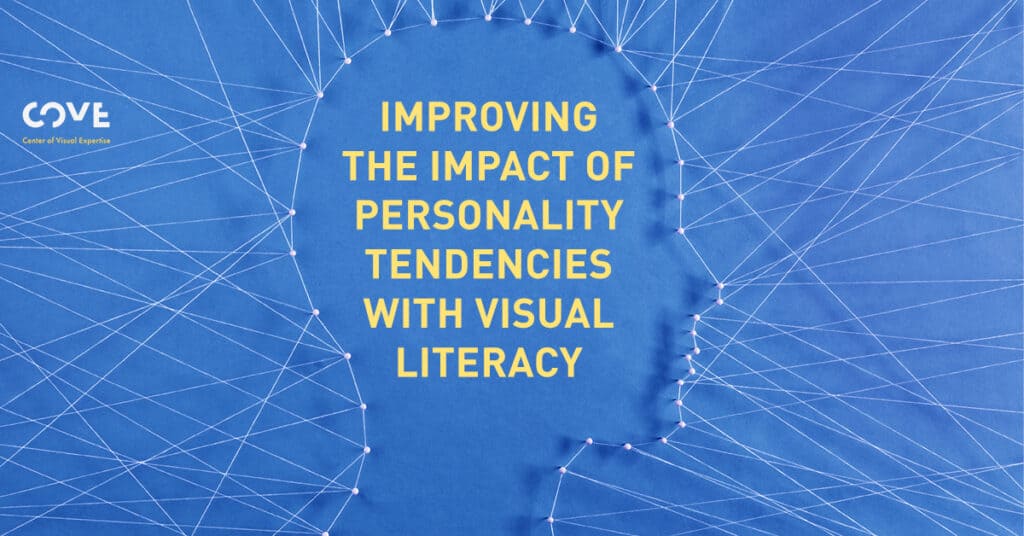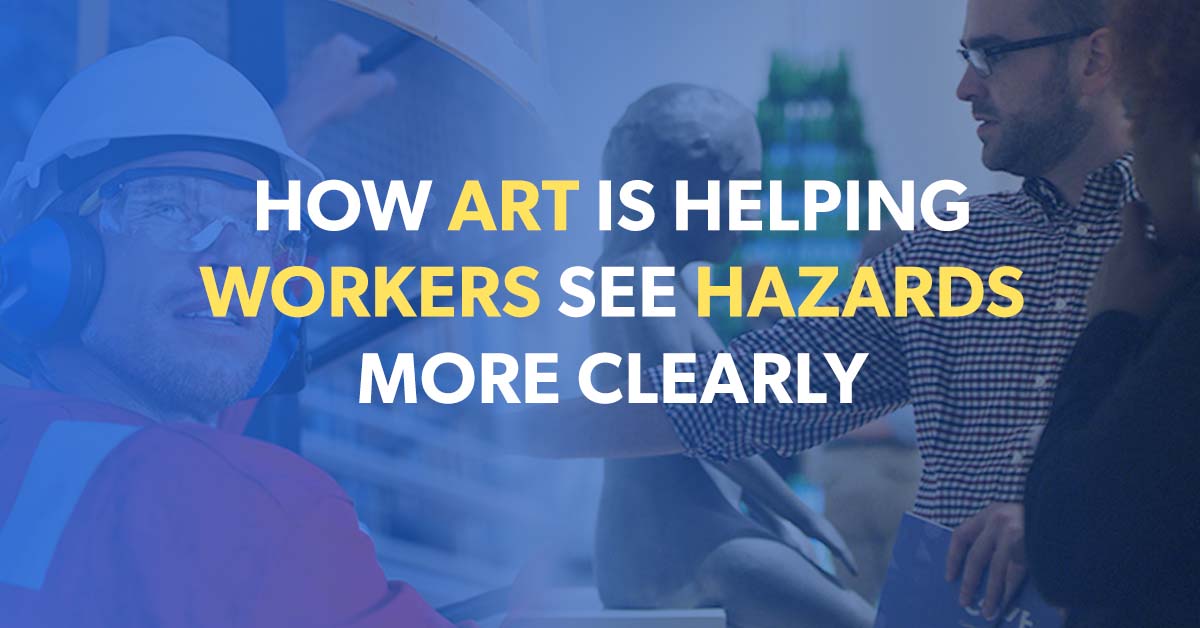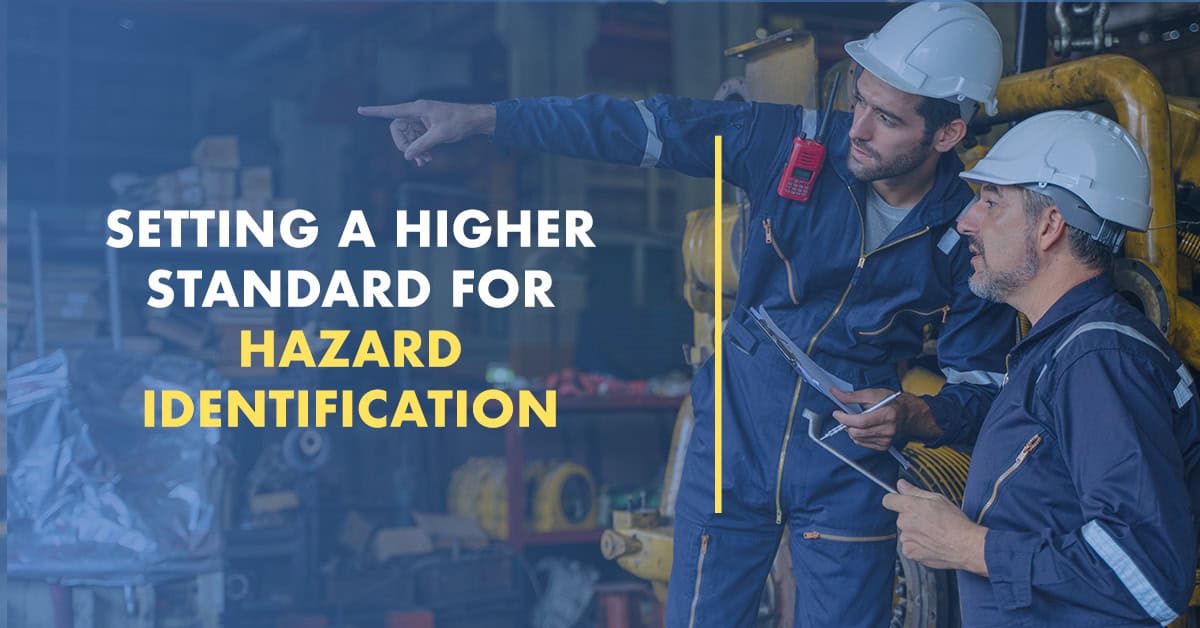Individuals with different personality tendencies see and manage risk differently.
Being aware of and managing our personality tendencies and how they impact our view of risk is the next logical step in preventing, reducing, and mitigating errors and incidents.
Visual Literacy helps each of us manage how we can better identify and manage risks that may not be obvious based on how our personality types and tendencies usually see them.
Two of the basic personality tendencies are task-oriented and people-oriented. Tendencies are our natural default or natural reactions to a stimulus. The reaction is instinctual but predictable, where an action or behavior typically happens without thinking, as opposed to careful consideration.
Individuals with task-oriented tendencies will first see risks relating to conditions or jobs. They will tend to see housekeeping risks, spills and leaks, equipment problems, and physical things. Some of these individuals tend to be more action-oriented; they are doers and they may rush and take calculated risks. Others in this group are more thoughtful and can also hurt themselves by lacking information to and having too little time to process.
People-oriented personalities have tendencies to socialize and relate to people. They can harm themselves by jumping in to help others, or by being rushed or over-reliant on others.
Here’s an example of how both tendencies can work. There is a photograph with a worker in the background and a pump in the foreground. Workers with people-oriented tendencies will tell you what that person in the background is doing. That is their natural focus. Workers with task-oriented tendencies will talk about and focus on the pump, the equipment, the condition.
Our personality style and tendencies tend to stay consistent over our lifetime. In contrast, character comprises our ethics, morals, commitments, values, background, beliefs, training, previous reflective experiences, awareness, and ability to self-manage things that may limit our capabilities to see and respond to risk. Character may change over time as we gain life and work experiences.
By providing workers with personality tendency awareness and management tools, you improve overall risk awareness, workforce engagement, communication, and safety culture, and drive incidents down. We encourage you to take the free Personality Diversity Indicator (PDI) developed by Equilibria. More than one million people have already taken the PDI. Different individuals see and manage risks differently due to their natural personality-driven tendencies. Knowing these tendencies allows you to predict potentially risky behavior and coach individuals how to heighten awareness and mitigate risks. Risks can be reduced by enabling personnel to understand and manage their natural tendencies by providing them answers to questions such as these:
- Why is it difficult for me to make a safety intervention and what can I do to overcome my inhibitions?
- Do I naturally follow procedures, and if not, how can I become more proficient at it?
- What is my natural communication style during pre-job safety meetings and how can I ensure common understanding among team members?
- How do I set error traps for myself and others?
Applying human performance tools, risks can be managed more effectively by: - Raising awareness and managing workers’ natural tendencies toward risk recognition.
- Improving management of personal behaviors to ensure safety.
- Improving communication skills during pre-job planning safety meetings, and post-job debriefings and reviews.
- Raising awareness of cognitive blind spots and biases that can lead to risk-taking and harm.
Visual Literacy takes these human performance tools and knowledge of personality tendencies to a new, higher level. People-oriented workers can use Visual Literacy to see, to recognize hazardous conditions. Visual Literacy can also be used with task-oriented individuals to better see what people, co-workers are doing.
If I’m people-oriented, Visual Literacy improves my visual acuity to see conditions. You use Visual Literacy tools such as looking at equipment texture, looking at the workplace environment from the perimeter in, and looking at the environment for inconsistencies.
If I’m tasked-oriented, Visual Literacy enables you to better see contrasts in how different people are doing work and perhaps taking risks, differently. In both cases, Visual Literacy enables workers’ to better see traps and triggers of performance errors.
Visual Literacy also complements human performance tools and improves the safety of all personality tendencies by employing the Art of Seeing®:
- LOOK: Allow yourself to take the time to slow down and look carefully.
- OBSERVE: Closer looking builds up a mental catalog of the image’s visual elements.
- SEE: Recognize or connect the information your eyes take in with your previous knowledge and experiences in order to create meaning.
- ANALYZE: Consider how the figures, objects, and settings you have identified fit together to tell a story.
- INTERPRET: combines your observations and analysis with your previous knowledge to draw conclusions about what you see.
- COMMUNICATE: Sharpen your ability to describe so individuals on the receiving end understand what you are seeing, analyzing, and interpreting.
Increasing, organizations are realizing immediate and drastic improvement in their workforces’ ability to see and manage risk by combining knowledge of personality tendencies, human performance tools, and Visual Literacy.
Webinar: The Impact of Personality Tendencies on Seeing and Managing Risk From a Visual Literacy Perspective
Learn how Visual Literacy and analysis of personal tendencies represent the next generation in hazard recognition and risk reduction best practices.




